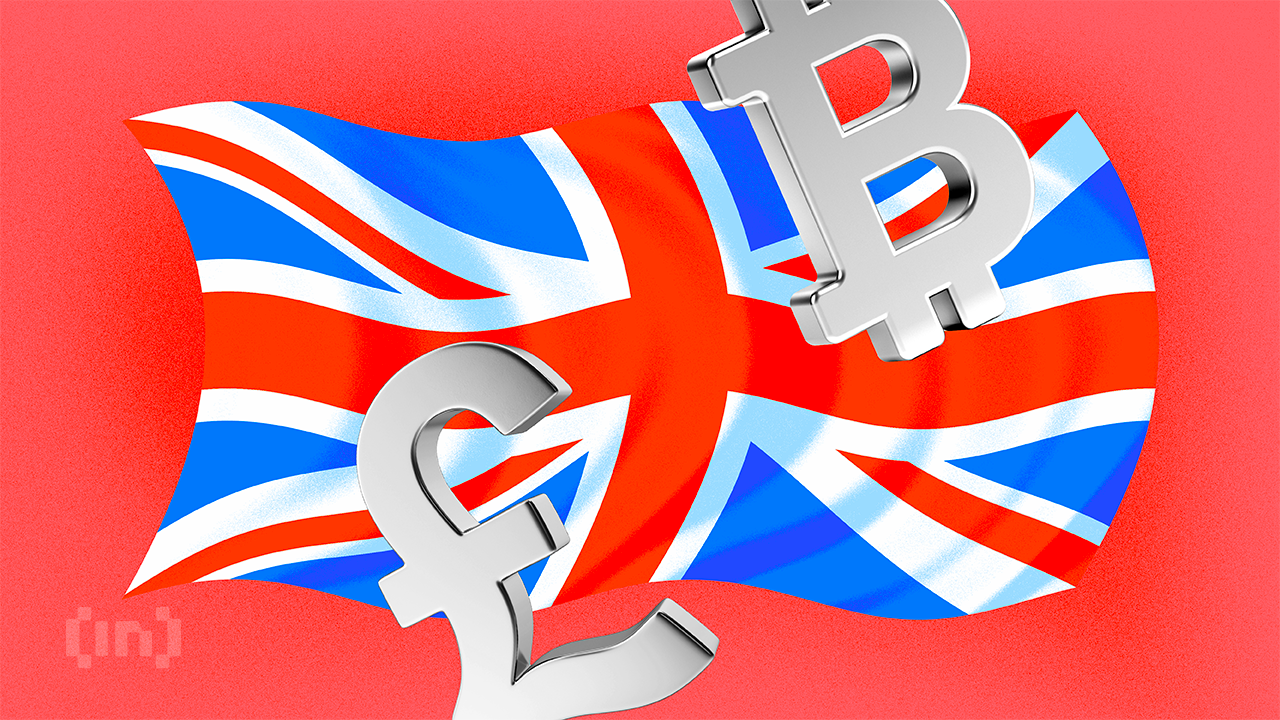
UK’s Stablecoin Regulation: A New Era for Digital Assets
The UK is taking decisive steps toward becoming a global leader in cryptocurrency regulation with its plan to implement stablecoin regulations by late 2026. This bold move aims to align with ongoing US efforts and bolster the country’s reputation as a hub for digital asset innovation.
Why Stablecoin Regulation Matters
The number of cryptocurrency users in the UK has risen dramatically—from 2.3 million in 2021 to 7 million in 2025—a staggering 204% increase. This rapid adoption has created massive demand for a structured and secure regulatory framework to ensure consumer protection and encourage institutional involvement.
With this in mind, major players in the stablecoin market, such as Circle, Tether, and PayPal, are already positioning themselves to enter the UK market. For instance, Circle’s USD Coin (USDC) has gained traction under Europe’s MiCA regulations, marking the company’s intent to expand its footprint in a regulated UK crypto ecosystem.
The Roadmap to 2026
The UK government plans to launch a consultation on November 10, 2025, to finalize its stablecoin framework. Key components of this initiative include:
- Mandatory reserve holdings in government bonds or short-term securities, as outlined by the Bank of England.
- Transparent audit procedures and stricter licensing requirements for issuers.
- Aligning with global frameworks like the US GENIUS Act for cross-border standardization.
The Financial Conduct Authority (FCA) has already published a phased roadmap that emphasizes the balance between innovation and consumer protection. This approach ensures stablecoins remain credible while facilitating their integration into traditional financial systems.
Opportunities and Challenges for Institutions
Institutional players are particularly keen on this regulatory clarity. Asset managers are eyeing the potential for new business avenues, such as acting as custodians for stablecoin reserves. Simultaneously, firms like PayPal—with its PYUSD stablecoin now available in 170 countries—are targeting the growing market for cross-border payments and real-time stablecoin-to-fiat conversions.
Western Union and other traditional payment providers are also experimenting with stablecoin solutions, showing how this regulatory momentum could spur fresh innovation across various sectors.
How Regulations Could Shape the Future
London’s role as a financial hub means these regulations could influence global standards for stablecoins. Harmonizing frameworks across the UK, US, and EU presents opportunities for seamless cross-border compliance, accelerating the adoption of secure and efficient digital asset systems worldwide.
The 2026 timeline provides ample preparation time for stakeholders, ensuring a smooth transition while maintaining the UK’s competitiveness in the evolving crypto landscape. For consumers, these steps will offer peace of mind, knowing that transactions and savings in stablecoins are secure and regulated.
Looking for a Reliable Stablecoin Partner?
Are you exploring stablecoin options with robust security and transparency? Circle’s USDC is an excellent choice for those looking to leverage a well-regulated and globally trusted digital asset.
Final Thoughts
With the consultation process beginning soon, 2026 could mark the start of a transformative era for stablecoin regulation in the UK. By fostering innovation, ensuring transparency, and protecting consumers, these regulations are set to make the UK a leading destination for digital asset businesses.



